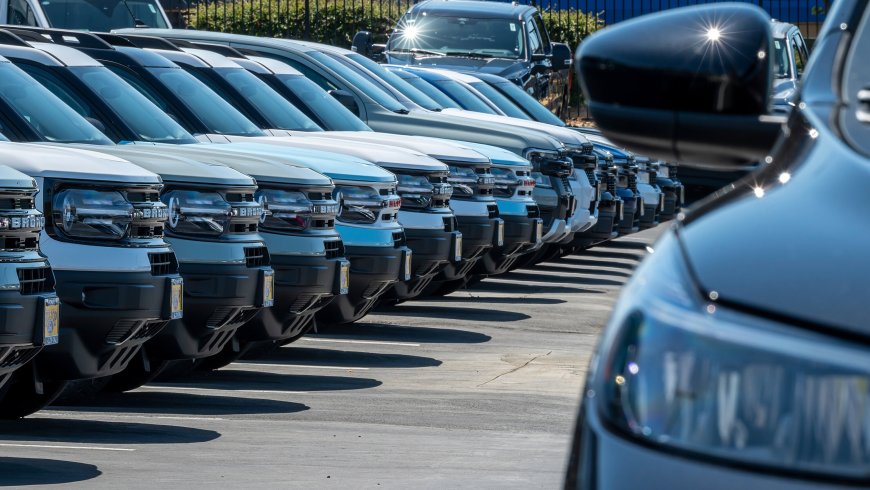Supreme Court Eyes California’s Clean-Car Power in High-Stakes Emissions Debate
The Supreme Court has allowed legal challenges to California’s ability to enforce stricter vehicle emissions standards. The decision raises serious questions about future state-led clean car policy.

The U.S. Supreme Court is poised to weigh a pivotal question: can the Environmental Protection Agency (EPA) continue to allow California to enforce stricter vehicle emissions standards than those mandated at the federal level? At stake is not just regulatory authority, but the state’s longstanding role as a national environmental leader.
What's at Issue
Under the Clean Air Act, California is uniquely permitted to request waivers from the EPA to impose tougher tailpipe emissions and zero-emission vehicle rules. Other states may choose to adopt these standards—but California remains the lone state able to set them independently US EPA.
A lawsuit brought by fuel producers and multiple Republican-led states challenges this authority, arguing that stricter standards unfairly harm their businesses. On June 20, the Supreme Court ruled 7–2 that these plaintiffs have legal standing to sue—reviving a legal battle over California’s environmental autonomy The GuardianReutersThe Daily Beast.
Why the Court’s Ruling Matters
The decision to allow legal challenges does not nullify California’s emissions regulations—for now. However, it does open the door to litigation that could eventually curb the state’s ability to lead in clean car initiatives Environmental Defense FundSEMA.
Environmental defense groups highlight that California’s clean-car standards deliver significant health benefits and cost savings. The restored waiver promotes innovation in vehicle technology across 17 other states that follow California’s lead Environmental Defense FundThe Guardian.
Conversely, Justice Ketanji Brown Jackson’s dissent underscores concern that the Court is tilting toward corporate interests. She emphasizes that while the Court is reluctant to allow ordinary citizens legal recourse, it’s opening the door wide for businesses to challenge long-standing policies The Daily Beast.
Broader Implications
This Supreme Court decision sits amid a broader context of judicial rulings that have already narrowed the EPA’s regulatory reach—from limiting environmental reviews under the National Environmental Policy Act (NEPA) to questioning the agency’s authority under the Clean Water Act Reuters.
California’s posture as an environmental trailblazer is under strain. If future litigation succeeds in weakening the waiver, it could stall momentum toward cleaner transport and disrupt states that have adopted its standards.
Conclusion
By affirming standing for industry challengers, the Supreme Court has turned a new page in the fight over state versus federal primacy in climate regulation. While California's emissions rules remain in force for now, their future—and the national direction on clean vehicle policy—now hangs in legal balance.











